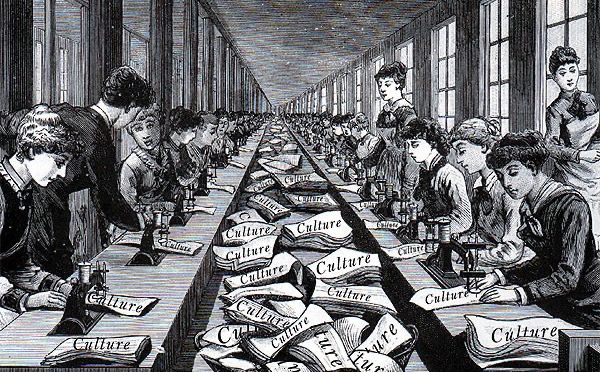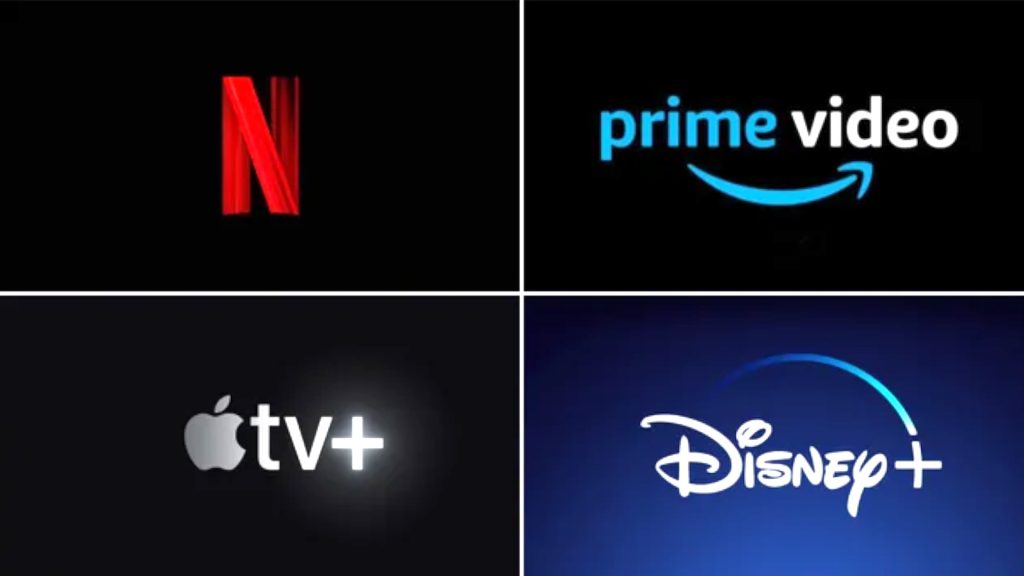The theory of the culture industry, which Theodor Adorno and Max Horkheimer created, is still acutely applicable today in the media environment. Criticizing film, radio, and popular music under the capitalism of the mid-20th century initially, their points regarding standardization, commodification, and mass deception can be equally valid now for digital media like Netflix, Spotify, and YouTube. Even as they appear to offer endless variety, their algorithms push users toward repetitive, formulaic content that is optimized for highest viewership. Audiences are steered toward binge-viewing the same genres, which replicates what Adorno and Horkheimer (1997) called pseudo-individualism—the illusion of individual choice under a highly standardized regime of cultural production.
Social media platforms Instagram, TikTok, and X (formerly Twitter) bring the culture industry logic into everyday life. Influencers commodify their selves and turn daily lives into branded content, and users are rewarded for selling themselves. This is what commercialization of self-expression is all about, where algorithms and engagement metrics dictate what one can and can’t do creatively. And at the same time, ad-revenue platforms profit from reaping user data and assembling attention. Within this context, consumer culture is constructed by algorithmic targeting, extending what Frankfurt School referred to as the creation of “false needs” to service capitalist economies (Adorno and Horkheimer, 1997).
Culture industry theory is able to account for clickbait journalism, sensationalized news headlines, and the blurring of news and entertainment within contemporary news media. Most of the media are concerned with engagement-grabbing content rather than educating the public, reducing complex work or political matters to emotive soundbites. Additionally, film and entertainment industries controlled by giants such as Disney and Marvel are concerned with global mass appeal, formulaic narrative, and merchandising opportunity rather than innovation or critique. In each of these cases, the culture industry model illustrates how today’s media is more likely to work less to counteract dominant ideologies and more to reinforce passivity, compliance, and consumerism even when wrapped in language about diversity, empowerment, or customization (Benjamin, 2008).
Adorno, T. and Horkheimer, M., 1997. Dialectic of Enlightenment. London: Verso.
Benjamin, W., 2008. The Work of Art in the Age of Mechanical Reproduction. London: Penguin.
Image references:



